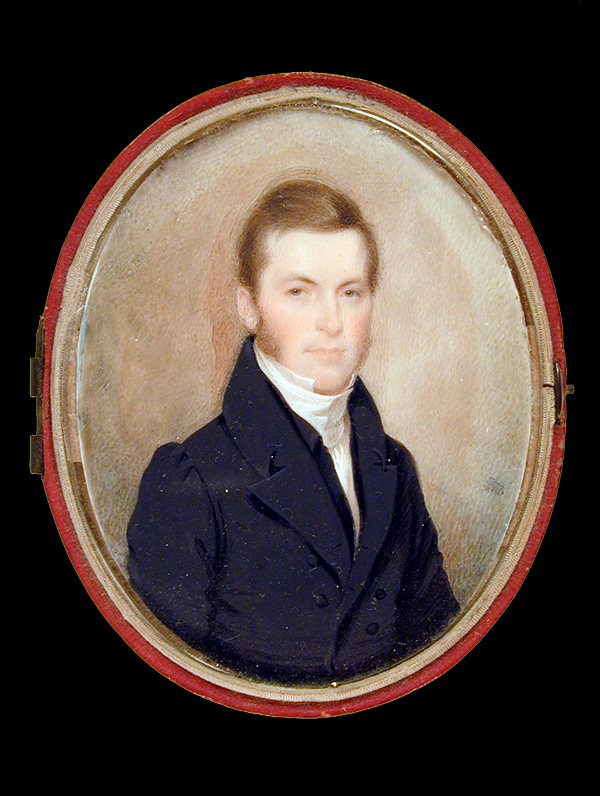Europeans and Africans transported distinct religious faiths to the New World. While Englishmen brought the teachings of the Anglican Church, enslaved people from West and West Central Africa carried with them their own spiritual traditions.
Customs and beliefs from the Congo-Angolan region, the center of Bakongo influence, likely formed the foundation of African-American religion, along with some Native American influences.
From around 1670 to 1830, for almost a century and a half, enslaved people on the Waccamaw Neck, and all along the South Carolina coast, created their own form of religious expression.

In the Bakongo worldview, birth, life, death and rebirth represent a continuous cycle.
Death was a journey into the spirit world, not a break with life or earthly beings. The idea of the perpetuity of life through time, space, and circumstance was common to African religious culture, and the complexity of this belief system is typified by Bakongo cosmology and concepts of the four moments of the sun.
“A Peculiar People” Slave Religion and Community-Culture Among the Gullahs
In 1701 the Church of England created the Society for the Propagation of the Gospel in Foreign Parts, to bring the Anglican church to the colonies, and by 1706 it had established itself as the official faith of South Carolina, laying out the first parishes.
Part of the charter of the SPG was to convert “heathen” Africans and Native Americans to Christianity and to convince planters that enslaved people needed religious instruction.
Many planters resisted the effort to Christianize slaves, fearing in part that it would lead to literacy and insurrection. Beginning in 1832 in wealthy Lower All Saints Episcopal Parish, one man overcame slaveowners’ objections and delivered Christian instruction to African Americans for almost 30 years.

At the age of 28, Reverend Alexander Glennie, the rector of All Saints Episcopal Church, preached at each plantation in the parish once or twice a month in 13 different slave chapels.
Waccamaw rice planters came to believe that conversion to Christianity made their slaves more obedient. By 1862 Alexander Glennie had 529 black communicants.
African Americans adopted and adapted Christianity to incorporate African concepts of religion, as well as a generalized African worldview.
It was not God the judge of behavior - God the master or overseer - who was the object of worship in Afro-Christianity, but a God more like African deities: God the transcendent spirit. They worshipped this new deity in traditional African ways, and they made European forms serve African religious functions.
Charles Joyner, Down by the Riverside: A South Carolina Slave Community
After emancipation, formerly enslaved people on the Waccamaw Neck rejected Glennie's preaching and held their own services, with African-American pastors.
Devastated, Reverend Glennie considered giving up and returning to England, believing “the labors of his lifetime dissipated and lost in a single day.”
Friendfield Church, built around 1890, was led by African-American pastors from its inception.
To return to the trail click NEXT STOP
To return to the Friendfield Church click
